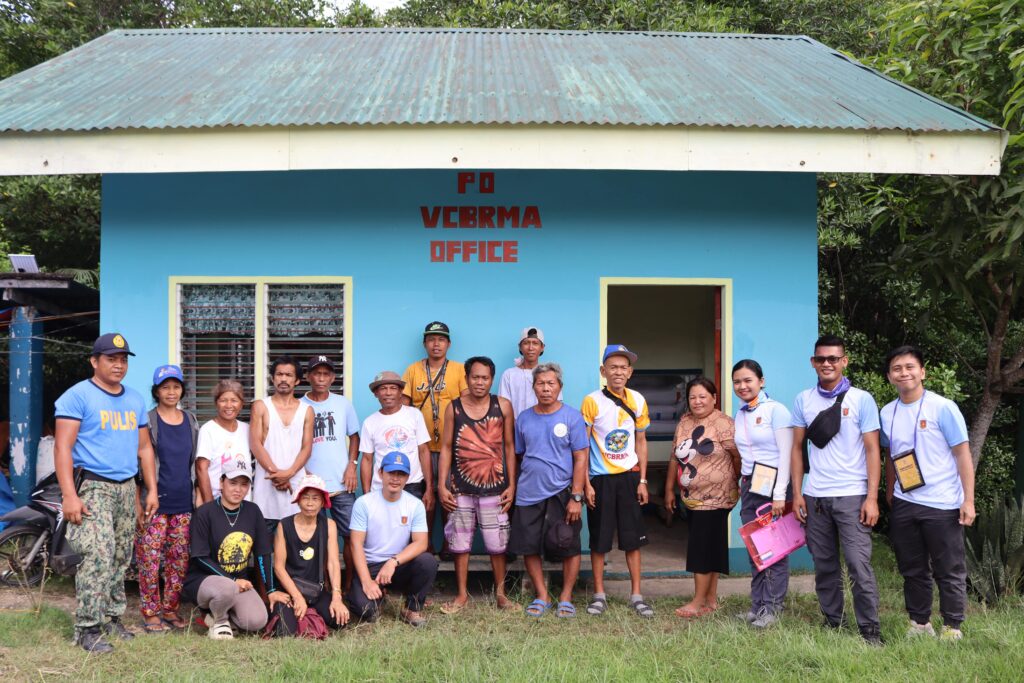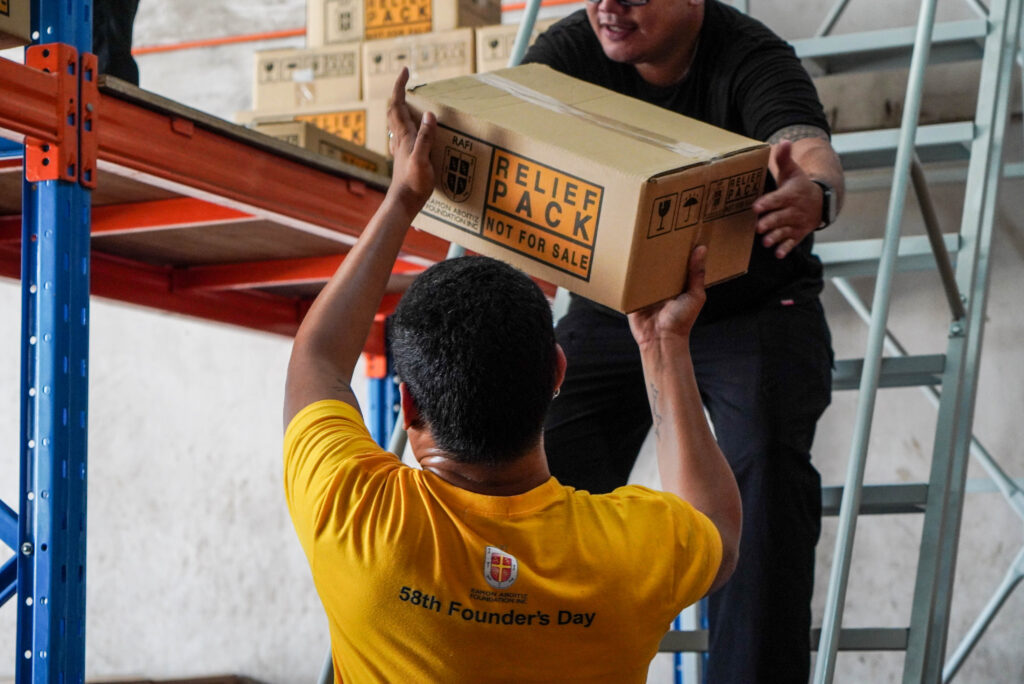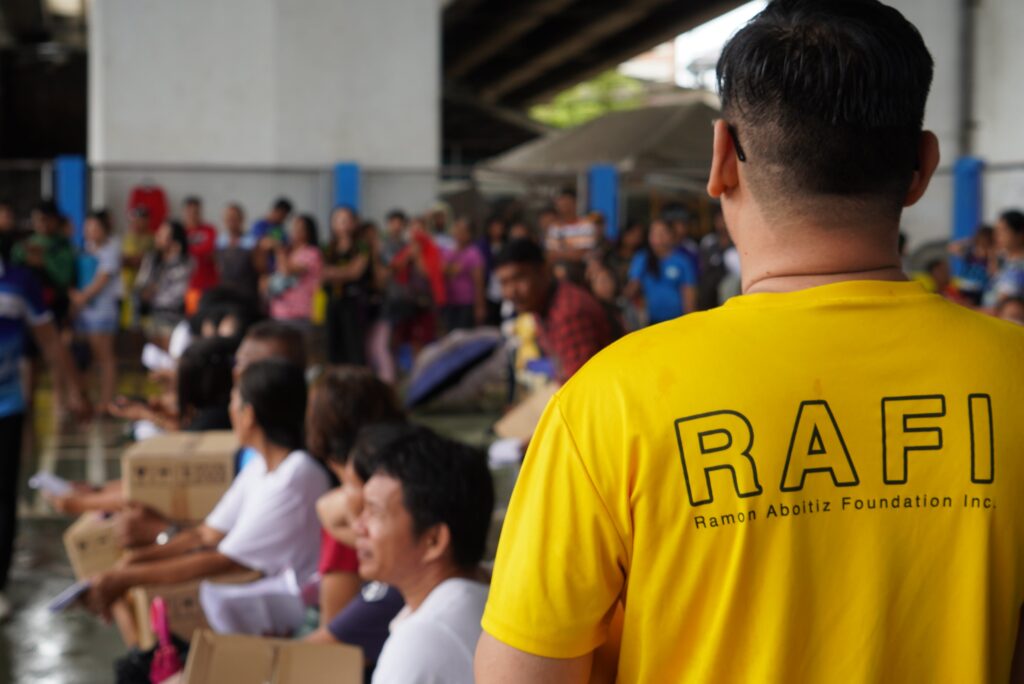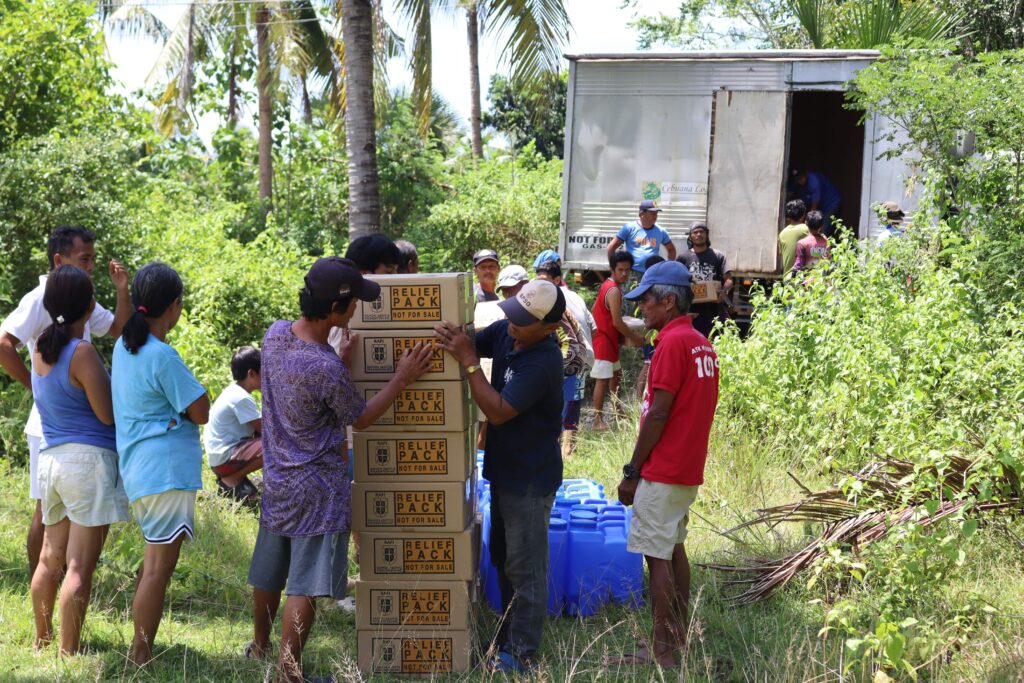
Like many others affected by the recent earthquake, people continue to face uncertainty as they try recover and rebuild the life they once knew. There is anxiety about how to restore back to normalcy from adjusting to unfamiliar living conditions, worrying about the future of their livelihood, and fearing that another earthquake might strike and threaten their safety once again.
As days pass and life move forward, survivors are finding ways to slowly recover. In an effort to restore a sense of normal life, we spoke with Locil Ampan, a resident of a coastal community in San Remigio, as she washed clothes by the well in front of their damaged home.
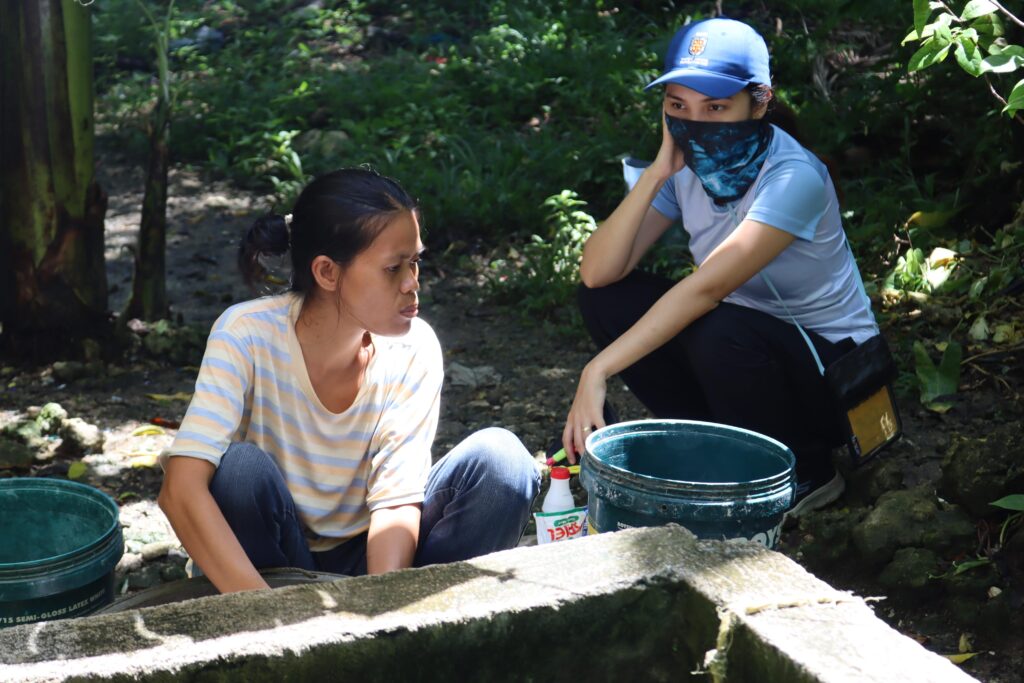
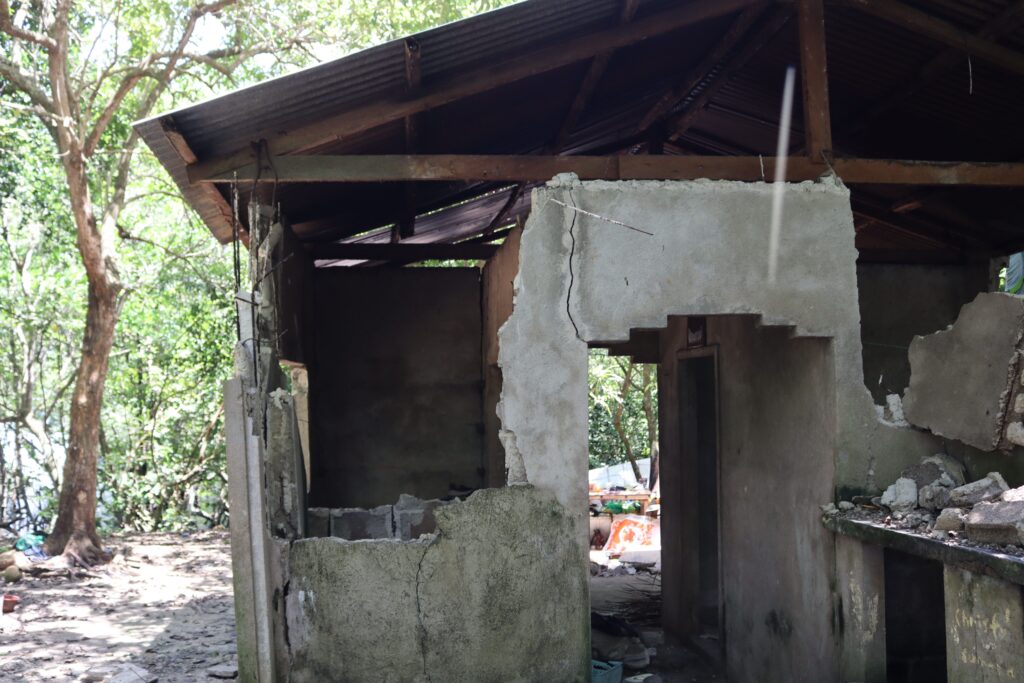
Locil and Her Journey after the Earthquake
That day, Locil and her family were expecting to receive relief packs from the Ramon Aboitiz Foundation, Inc. (RAFI). She shared her daily worries and what gives her strength during this uncertain time.
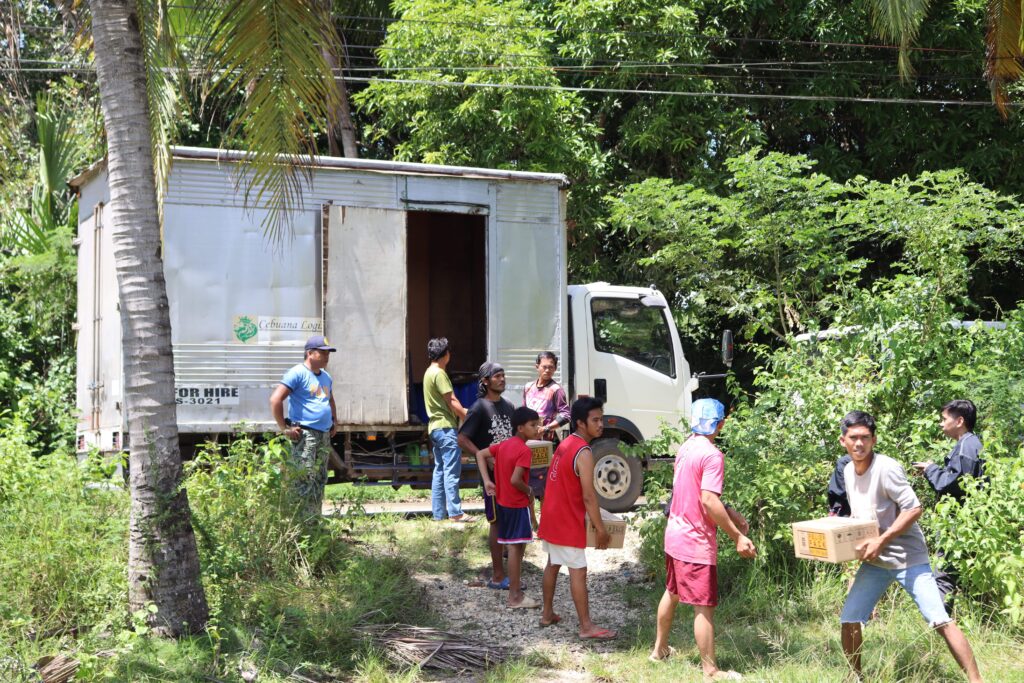
“Mag-ampo lang jud mam nga maka recover lang jud sa mga ing-ani nga wala magdahom nga kalamidad,” she expressed. Locil turns to prayer as a source of strength and seeking guidance so she won’t panic and can think clearly about what to do next—especially since they have young children depending on them.
However, one pressing concern remains: livelihood. At present, the family has no stable source of income.
“Sa tinood lang, og wala’y mga ipanghatag, asa na pud kaha ka paingon kung mahurot na labi pa nga karon wala pa’y mga trabaho,” she said.
Her husband, who serves as president of one of RAFI’s One to Tree Program partner people’s organizations, used to earn a living by fishing and gathering shellfish in the shallow waters, locally known as ‘manginhas’. But since the earthquake, he and other members of the People’s Organization have not resumed work, still gripped by fear and uncertainty.
There are unsettling reports from nearby areas: in Brgy. Lambusan, residents say “nihubas ang tabay” (the water well dried up), while in Bogo, “kusog ang tubod” (the water spring is strong). These unusual water level changes have led to speculation and fear about the possibility of a tsunami.
Despite this, Locil remains hopeful.
“Mag sige mig huna-huna ingon, ko bahala nalang kay total makit-an ra man na (balik) ang butang,” she said referring to the possibility of slowly rebuilding their house and recovering their belongings. “Di ra pud mi pasagdan sa Ginoo,” she further explained.
She compares their resilience to that of ants, always searching, always finding ways to survive. She also finds comfort in knowing they are not alone. Other families have suffered even greater losses, including loved ones who did not survive the disaster.
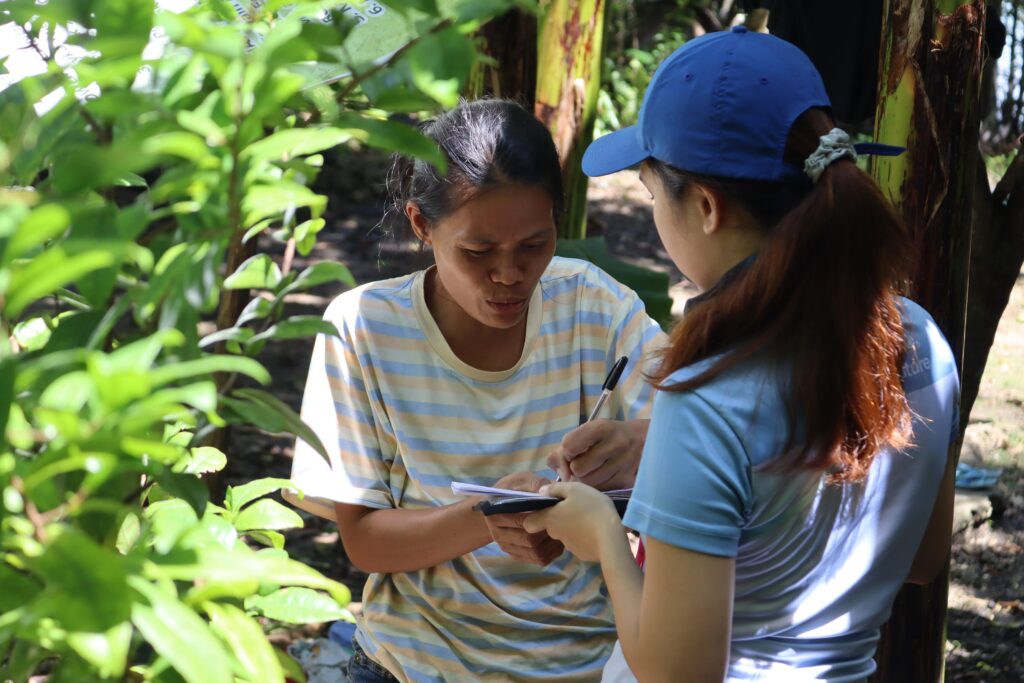
Still, the question lingers: What happens when the food relief stops? What if their stocks run out?
Currently their family evacuated to the temporary housing where help is distributed, is staying in temporary housing where aid is distributed, but only if you’re quick and alert, as Locil admits that some individuals try to take advantage of the situation. Her concerns remain centered on the lack of stable income.
Four of Locil’s children are currently enrolled in school. However, returning to school may be delayed due to damaged classrooms and ongoing aftershocks. In the meantime, she goes back to their house to wash their clothes, then return to the temporary shelter for safety and help.
She shares that they are keeping track of information and updates primarily through their neighbors and stories from people when they go to buy outside. Their eldest son gathers news from various Facebook group chats, including their PO group chat, and relays them back to his parents.
Dungan sa Pagbangon
Understanding that recovery for communities doesn’t end in relief, RAFI has established phases in their response strategy. Phase I – Relief, provides Distribution of food, water, non-food items, and psychological aid. In Phase II Recovery, following further assessments, RAFI plans to implement livelihood support initiatives and provide materials or vouchers for permanent shelter.
If you want to be part of this mission, you may do so through donations. RAFI’s Dungan sa Pagbangon campaign continues to reach communities who are still on the way recovery. Donations will be utilized for the Phase I operations providing non-food items to affected communities.
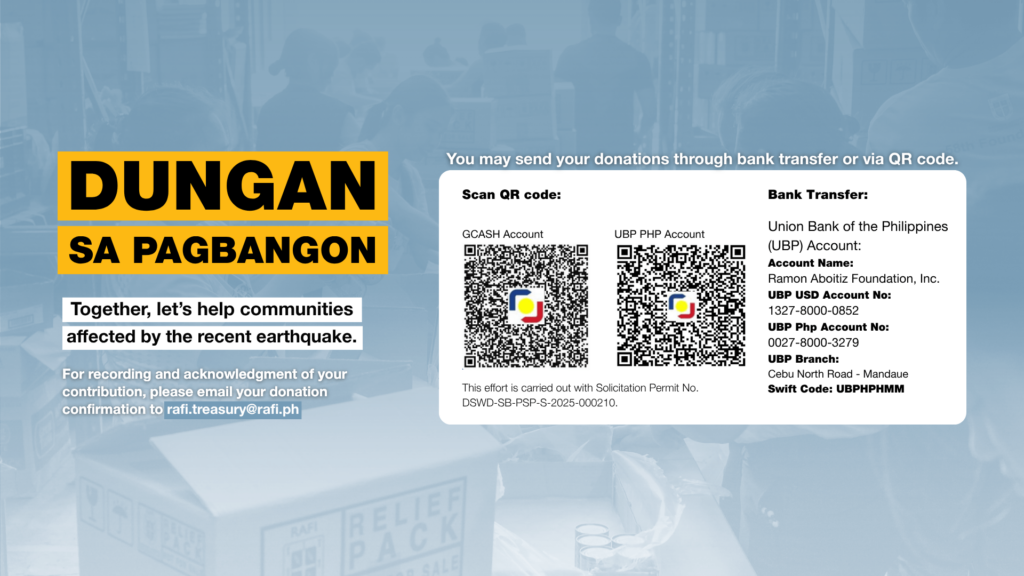
Recovery is a slow, uncertain journey but families like Locil’s continue to hope, pray, and persevere, step by step. Let us continue to show our support and concern for the affected communities in Northern Cebu, because together, we can reach and help more communities rise again.
